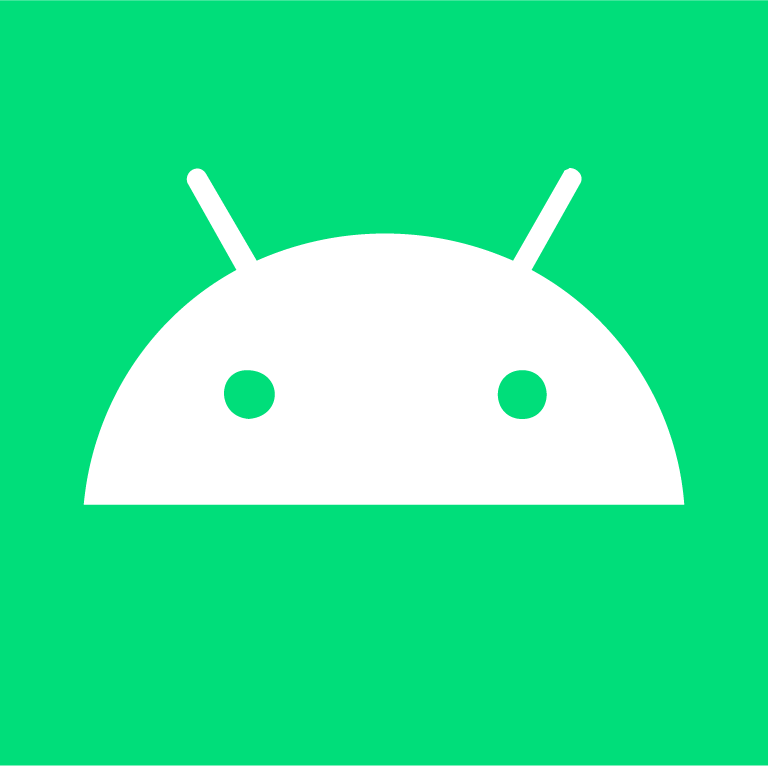UniFi Protect now has limited ONVIF support allowing various 3rd party cameras to work with Protect.
UniFi cameras can have RTSP enabled also, but it requires UniFi Protect to enable the setting.
UniFi Protect now has limited ONVIF support allowing various 3rd party cameras to work with Protect.
UniFi cameras can have RTSP enabled also, but it requires UniFi Protect to enable the setting.


What model of label printer is that?
So far I just keep recipes in whatever I’m using for notes.
Some of these dedicated programs look interesting though. Thinking about it, it would be handy to have some dedicated cooking features, like being able to search for recipes by ingredients.


I would also recommend openSUSE Tumbleweed. I’m usually a Debian/Debian-based person but I’ve been running Tumbleweed on my desktop for a few years now and it’s been great.
It has a few peculiarities like any distro but it’s been very stable, with few issues even with things like Nvidia drivers. Docs and community seem good too.


I used to read them, they often had good in depth tutorials. The Format branding has been going for a long time, I can remember reading Amiga Format.
There were a few other Linux magazines as well, Linux User, Linux Magazine, Linux Voice. I think there’s still a Raspberry Pi magazine as well which covers a lot of Linux stuff.


There are 4 bay units that would fit on a 10” inch shelf. I’ve seen some DIY projects too.
Using SFF/mini PCs is also popular, there are models that can take multiple SATA/NVMe drives


There are few if any 10” UPS units available anyway so weight is less of a worry. It’s one of the biggest weaknesses of the 10” system currently.


Nintendo consoles tended to be radical, Nintendo handhelds were more iterative.
The Game Boy and DS lines all built gradually on each other, seems the Switch line is following suit. I assume Nintendo see the Switch as a handheld that can be docked, rather than a console that’s also portable, so I guess it makes sense that it’s following a similar trajectory of previous handheld lines.


Everything has to look so serious these days.
The colourful Joy Cons were part of the Switch’s identity, sad to see it reduced to an accent they seem almost ashamed of.
Power costs vary a lot around the world, depending on where OP lives every little saving can help.
I have an X220 with an i5-2520M, I don’t use it for gaming but I have briefly played Half-Life 2 with it and it was comfortably playable.
So I would say mid-2000s titles and before will be fine. It really depends o the age of the Thinkpad you want is, and the age of the games you want to play.
Seems a pointless endeavour. The open and enterprise sides are so deeply linked, it makes sense that they share a brand.
Separating them only weakens the broader SUSE ecosystem.


Generally you want to the reference material used to improve that first version to be correct though. Otherwise it’s just swapping one problem for another.
I wouldn’t use a textbook that was 52% incorrect, the same should apply to a chatbot.


Seems a hard sell to go subscription on such a niche platform. I wish anyone luck that could challenge the Apple/Android duopoly though.


As an aside, can we get back into desktop cubes again? With all the upheaval in Windows land it’s the sort of eye candy that can win over new Linux users.


Any distro should be fairly stable and supported on an older Thinkpad.
I’m currently using Debian stable on my X220 and it’s rock solid.


Using nano as a vim user is a lot less clunky than trying to use vim as a vim non-user though.
Or so I would imagine, all of the vim novices are still too busy trying to exit vim to share their experiences.
What is with Linux projects and confusingly pronounceable names? Even the name “Linux” itself has a fair bit of spoken variation.
Then there’s Ubuntu, and GNOME with the hard G to name a few.


The small phone debate is not just about the overall physical size, it’s also about how reachable UI elements are when using a phone with one hand.
For one handed operation, screen size does matter regardless of bezel size. The larger the screen becomes, the harder it is for the thumb to reach the top of the screen because the top gets ever further away from the thumb.
Orcaslicer is also available as a Flatpak, which has worked in most distros I’ve tried it with.